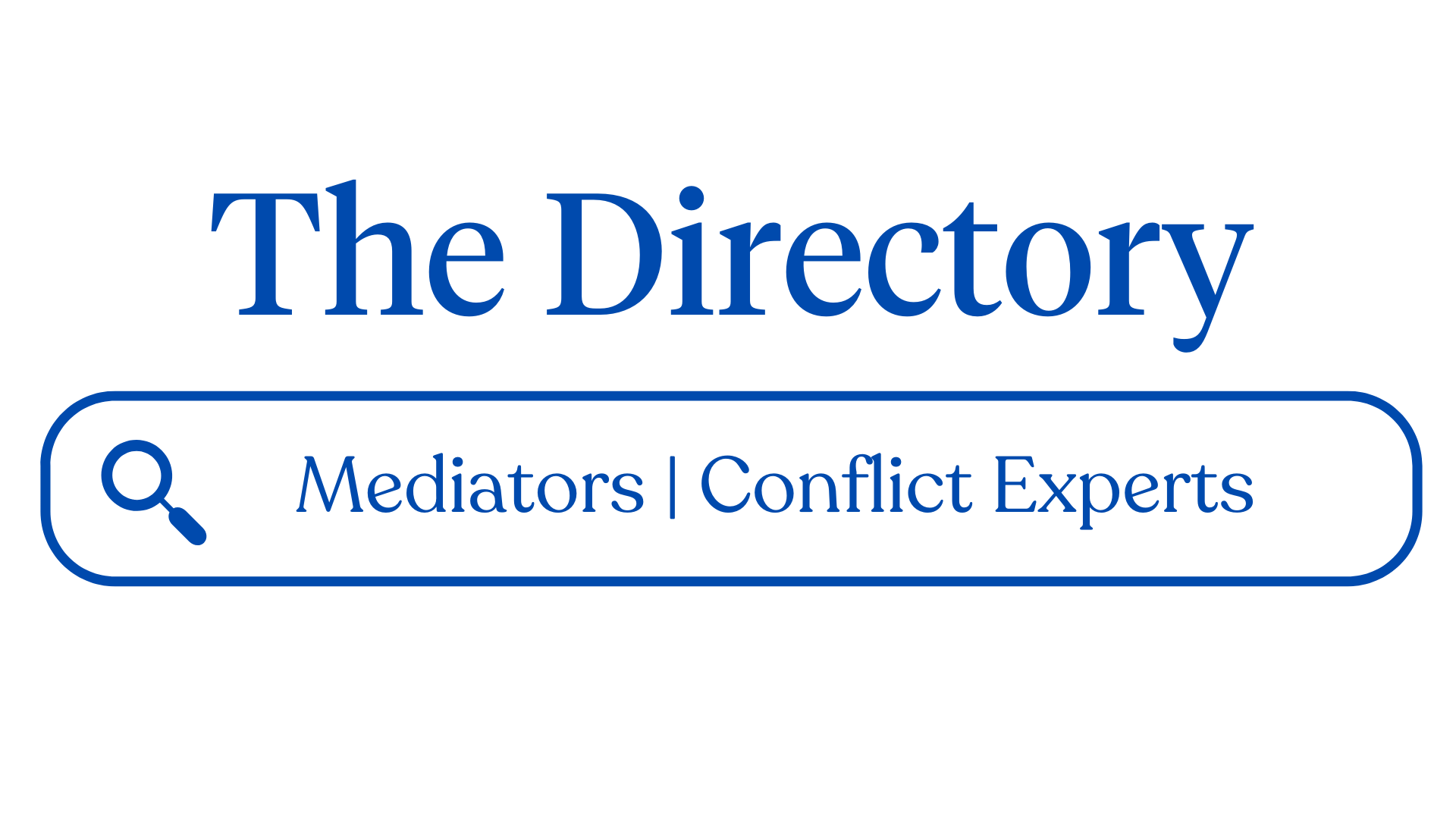Embedding Mediation in Contract Management for Business Leaders
Using Commercial Mediation for Better Contract Management

Contracts are the lifeblood of modern commerce. They provide the framework within which organisations cooperate, allocate risks, and define expectations. Yet even the most carefully drafted agreement cannot foresee every eventuality. Business leaders know that differences in interpretation, changes in commercial priorities, and unforeseen market pressures can all generate tensions within contractual relationships. Left unmanaged, these tensions can escalate into costly disputes that consume management time, damage business relationships, and undermine commercial performance.
For many senior executives, traditional dispute resolution routes such as litigation and arbitration appear too slow, too expensive, and too adversarial to serve the needs of modern businesses. Increasingly, organisations are asking how they can embed mediation into their approach to contract management so that disagreements are addressed early, constructively, and with a focus on preserving value rather than destroying it.
The case for embedding mediation into contract management
Embedding mediation within contract management is not simply about providing a fall back when relationships deteriorate. It is about designing a culture and a process that anticipates conflict, recognises its inevitability, and channels it towards constructive dialogue.
Mediation offers several advantages to business leaders seeking to improve contract performance:
- Preservation of relationships: Unlike litigation, which is inherently adversarial, mediation is collaborative. It allows parties to explore solutions that protect the underlying commercial relationship, which may be more valuable than the contract itself.
- Speed and efficiency: Mediation can be convened quickly and often resolves disputes in days rather than months or years. This allows businesses to refocus on their commercial objectives rather than prolonged battles.
- Confidentiality: Mediation is private and confidential, which is essential when disputes involve sensitive financial, strategic, or reputational issues.
- Commercial flexibility: Unlike court judgments, mediated settlements can include creative and flexible solutions such as renegotiated performance obligations, revised pricing structures, or new collaborative ventures.
For senior leaders, these benefits translate into reduced costs, better use of management time, and more resilient partnerships.
Mediation clauses in contracts
One of the most direct ways to embed mediation into contract management is through the inclusion of mediation clauses in commercial agreements. These clauses commit parties to attempt mediation before resorting to litigation or arbitration.
While some executives worry that such clauses may delay access to formal legal remedies, the evidence suggests otherwise. Properly drafted mediation clauses provide a structured first step that does not remove the right to litigate but ensures that parties pause to attempt resolution.
An effective mediation clause should:
- Clearly state the requirement to mediate before initiating proceedings.
- Specify the mediation body or rules to be followed, such as those of CEDR or another recognised provider.
- Provide a timeframe within which mediation should take place.
- Confirm that if mediation does not succeed, parties remain free to pursue arbitration or litigation.
By incorporating such clauses as a standard feature in their contracts, businesses signal a commitment to resolving disputes constructively and demonstrate a forward looking approach to risk management.
Building mediation into contract management processes
Embedding mediation is not simply about inserting clauses. It also requires aligning internal processes and governance structures with a proactive approach to dispute resolution. Business leaders should consider the following practical measures:
1. Early identification of tensions
Contracts rarely unravel overnight. More often, performance issues build gradually, with missed deadlines, disputed invoices, or shifting expectations creating friction. Establishing regular review meetings and clear reporting lines helps identify concerns before they escalate. Mediation works best when it is introduced early, and a culture of openness allows organisations to engage with mediators before positions harden.
2. Training contract managers and in-house counsel
Those who manage contractual relationships on a daily basis are often the first to detect signs of trouble. Training them to recognise conflict dynamics and to understand when mediation may be appropriate equips them with the tools to de escalate situations quickly. In-house lawyers also benefit from understanding mediation not just as an alternative to litigation but as a complementary element of contract performance management.
3. Appointing mediators proactively
Some organisations have gone further by appointing standing panels of mediators who can be engaged at short notice. This approach, sometimes referred to as dispute boards or standing neutral arrangements, ensures that expertise is available immediately. Having an identified mediator familiar with the contract and the relationship reduces delays and builds confidence in the process.
4. Integrating mediation into corporate governance
For larger organisations, embedding mediation may involve updating governance policies to require board-level oversight of major disputes and to mandate mediation as a first step. This ensures that the use of mediation is not dependent on individual managers but is a systemic feature of how the business approaches risk.
Mediation as a tool for business leadership
From a leadership perspective, mediation is not merely a technical process but a statement about how the organisation values relationships, approaches risk, and models problem-solving. Business leaders who embrace mediation demonstrate to their stakeholders that they are focused on outcomes, efficiency, and integrity.
Consider a multinational joint venture where cultural differences, differing regulatory regimes, and fluctuating market conditions threaten to undermine performance. Litigation across multiple jurisdictions would be ruinously expensive and slow. Mediation provides a confidential space in which the parties can renegotiate commitments, clarify expectations, and find solutions that sustain the venture. By embedding mediation into the contract from the outset, the parties have an agreed mechanism for managing these inevitable challenges.
Similarly, in supply chain disputes, where late deliveries or quality issues can quickly escalate, mediation allows the parties to resolve matters without severing the commercial link. For businesses that rely on strategic suppliers, preserving continuity can be far more valuable than securing damages through litigation.
Addressing common concerns
Some business leaders remain cautious about mediation, perceiving it as a sign of weakness or a distraction from asserting contractual rights. These concerns are understandable but often misplaced.
Mediation does not require concession. It requires dialogue. Parties remain free to enforce their rights if mediation does not succeed. What mediation does provide is an opportunity to resolve matters on terms that litigation can rarely deliver.
Another concern is that mediation may be inappropriate where legal principles or precedent are at stake. This may be true in a minority of cases, but most commercial disputes are not about creating precedent. They are about finding workable solutions to practical problems. In these situations, mediation is a better fit for business objectives.
Conclusion: Mediation as a strategic advantage
For today’s business leaders, contract management is no longer just about compliance and enforcement. It is about building resilient relationships that deliver value over time. Embedding mediation into contracts and management processes equips organisations with a powerful tool to manage risk, reduce costs, and sustain partnerships.
The question is not whether disputes will arise. They will. The real question is how your organisation will respond when they do. Those who embed mediation into their contracts and governance structures are better placed to protect relationships, safeguard commercial value, and lead with confidence.
At Tregaskis Mediation, we work with organisations to design mediation strategies that align with business objectives and contract management frameworks. By embedding mediation into the heart of commercial practice, senior leaders can turn potential conflict into an opportunity for constructive dialogue and long-term success.











